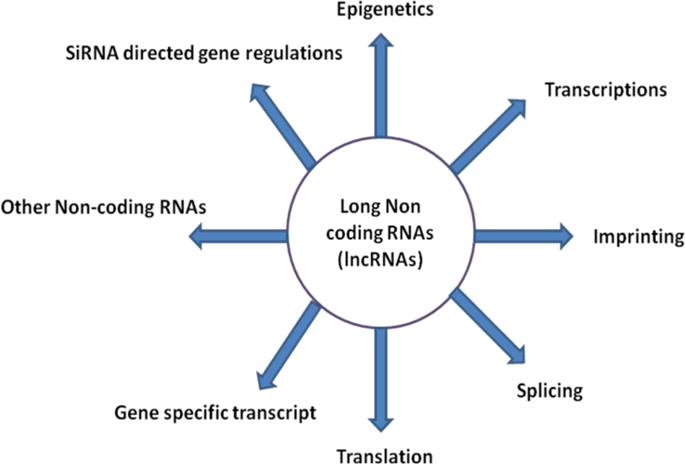当前位置:
X-MOL 学术
›
Hypertens. Res.
›
论文详情
Our official English website, www.x-mol.net, welcomes your feedback! (Note: you will need to create a separate account there.)
Decoding the functional role of long noncoding RNAs (lncRNAs) in hypertension progression
Hypertension Research ( IF 5.4 ) Pub Date : 2020-04-01 , DOI: 10.1038/s41440-020-0430-4 Durairaj Sekar 1 , Deepak Nallaswamy 2 , Ganesh Lakshmanan 3
Hypertension Research ( IF 5.4 ) Pub Date : 2020-04-01 , DOI: 10.1038/s41440-020-0430-4 Durairaj Sekar 1 , Deepak Nallaswamy 2 , Ganesh Lakshmanan 3
Affiliation

|
Hypertension (HTN) or high blood pressure is a predominant noncommunicable disease in the developing and developed world [1–3]. The incidence of HTN has increased rapidly over the years, and the mortality due to HTN was reported to be high in many countries [4, 5]. Therefore, there is an urgent need for protective measures and treatment options for HTN. Many biomarkers are available to predict or diagnose disease progression, but none of them have been proven to be effective against disease progression. Therapeutic strategies are available for short-term treatment but not for a cure or for the effective management of complications caused by HTN, and endothelial dysfunction is believed to play a major role in the pathogenesis of HTN progression. Long noncoding RNAs (lncRNAs) are a kind of noncoding RNA that are more than 200 nucleotides in length. It has been suggested that lncRNAs are implicated in various cellular processes, including gene expression and epigenetic modifications [6]. Figure 1 depicts the various roles of lncRNAs in cells. Many articles suggest that elevated blood pressure is associated with lncRNAs [7], and lncRNAs may be considered a useful disease biomarker since their expression is observed in circulation. The functional and biological roles of lncRNAs are not yet fully understood, and the number of articles related to lncRNAs in HTN is sparse. Recently, Jiang and Ning [8] published a review article in HTN Research summarizing the significant role of lncRNAs in HTN progression. Interestingly, the authors tried to link lncRNAs with endothelial cell, vascular smooth muscle cell, renal cell, and cardiac cell pathologies. Like microRNAs, lncRNAs have been widely observed in the blood of HTN patients, suggesting that they may be a potential circulating biomarker for HTN; however, more clarifications and functional studies on lncRNAs are needed. In addition, it has been reported that preeclampsia or pregnancy-induced HTN is linked with lncRNAs [9]. The authors also delineated the critical role of lncRNAs in preeclampsia, but the number of articles related to this study subject is very limited. The authors of the review paper concluded that lncRNA dysregulation contributes to the pathogenesis of HTN by directly acting on vascular cells and indirectly affecting other organs. Moreover, it is also understandable that we need more future functional studies on lncRNAs with respect to HTN and the mechanism underlying their role in disease progression. Unlike other noncoding RNAs, lncRNAs have their own mechanism of action in cells since they interact with other noncoding RNAs, such as miRNAs, to induce disease progression. Researchers have not yet completely decoded the function of lncRNAs in HTN
更新日期:2020-04-01


























 京公网安备 11010802027423号
京公网安备 11010802027423号